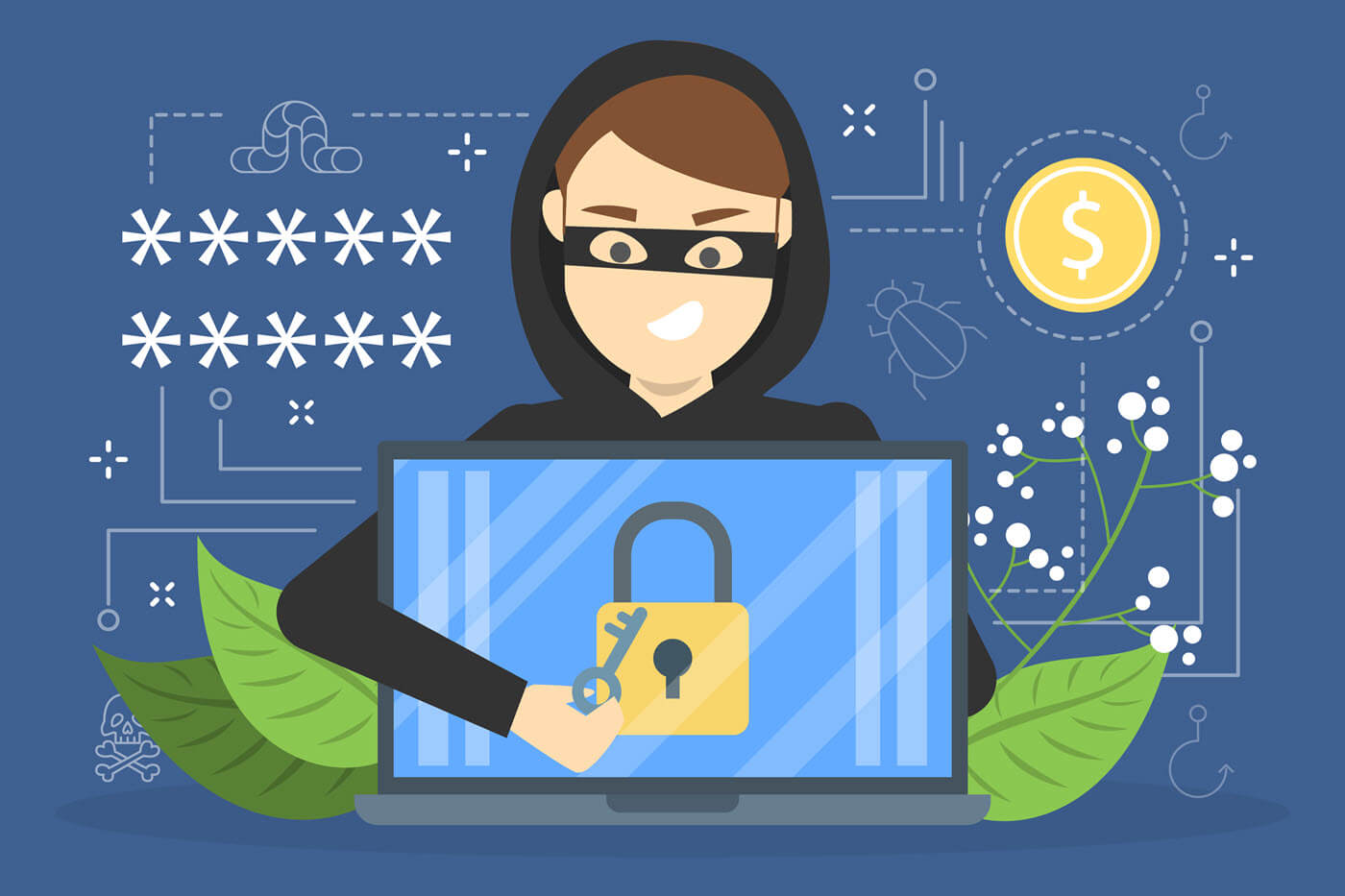What Should be Done to Protect Against Insider Threats?
Insider threats can significantly damage a company financially and dismantle many of the structures that a business is built upon. So your business needs to set up safeguards that protect against a data breach from an internal threat.
Unfortunately, insider threats can occur because an insider has access to your company’s critical assets and finds deceptive ways to access those assets for nefarious reasons.
Not only do they sneak around company files but they may also gain valuable information about your company’s security system that makes it easier for others to gain access to your vital business information and data.

What is an Insider Threat?
An insider threat is someone who has privileged access to company data and either uses those assets for personal gain or enables a malicious actor access to those assets.
There are two main insider threat types: a malicious insider threat or a negligent insider threat. An insider threat can be malicious in that the individual or individuals involved intend to use the assets or facilitate the transfer for malicious means, or they can be negligent and through this negligence allow malicious actors access to the company’s sensitive information.
A malicious insider or negligent insider incident can also come from:
- Negligent contractor
- Former employee
- Current or former third-party vendor
- Someone with access to physical or virtual components
- Someone with access to a privileged account
- Business associates
- Anyone with access to your organization’s security practices, computer systems, and data
- Careless employees
- Employees who use the company for financial or personal gain
Sometimes an insider threat might not be malicious. Instead, an employee might be negligent. An accidental insider threat is someone who unintentionally makes sensitive data available for malicious external attacks against an organization.
How to Protect Against Insider Threats

To prevent insider threat incidents and minimize the chances of a data breach, it is important to set up an insider threat detection program and a strong security team. The security team will be in charge of monitoring user activity, assessing your current security risk, and mitigating a security threat when it occurs.
If you do not have an insider threat program, it is important to set up a cybersecurity protocol. Organize a security team dedicated to developing, testing, and deploying protocols against these security and cybersecurity threats. A security policy using a security information and event management (SIEM) platform that addresses the detection, prevention, and mitigation of a potential internal and external threat is likely to minimize data loss or data leakage due to an insider threat incident.
Employee monitoring software should be part of every data loss prevention as it can track user behaviors by using behavioral analytics (UBAs). This sets up baseline activity for each user so that you can detect when that user deviates from normal behaviors and exhibits suspicious activity. Suspicious activity might include downloading more files than what is typical, accessing restricted areas, and accessing the company network at odd hours.
Make note of those employees, current or past, who may have malicious intent against the company or former employees who might have been privileged users as they might be a greater insider risk. This might be employees who have left the company with a bad taste in their mouths or those who have been fired from the company.
Stopping an Insider Breach
Because insider threats are difficult to spot, you should approach insider threat detection and prevention from many viewpoints. An internal threat might come from a disgruntled employee, but this is not always the case. Accidental insider threats are also possible and should be accounted for in an insider threat program.
Since an insider breach can be difficult to spot, employee monitoring software can help monitor internet movement. This includes the number of gigabytes downloaded onto a computer or through a given IP address, file transfers, or remote access users.
Employee monitoring software can provide an extra layer of data security by:
- Flagging risky behavior
- Establishing a baseline insider behavior with UBAs
- Building a threat intelligence portfolio of your company and its insiders
- Security analytics around all user activity
- Anomaly detection
- Risk mitigation
- Acting on a shut-down protocol when malicious activity is detected
- Recognize compromised credentials
An employee monitoring software program can alert your team to insider security threats by alerting you to suspicious behavior. Some monitoring software can log each computer’s keystrokes, communication on apps and messengers, as well as information sent via email.
This software is installed either directly or remotely onto user computers so that you can monitor user behavior without their knowledge. This is a direct line of defense against malicious actors who seek to move around a network’s security.
Protecting Your Critical Assets from Insider Threats
An insider attack is one of the most common types of data breaches that a company can experience and they pose a high-security risk. Anyone who gains access to a company’s sensitive information can work around company security policy and enable a data breach or data leakage.
Set up an insider threat detection program and a strong security team. The security team will be in charge of monitoring user activity, assessing your current security risk, and mitigating a security threat when it occurs.
Boost insider threat protection, and protect against an external threat, with employee monitoring software. You should also set up a strong cybersecurity policy using UBA tools.
By SoftActivity Team